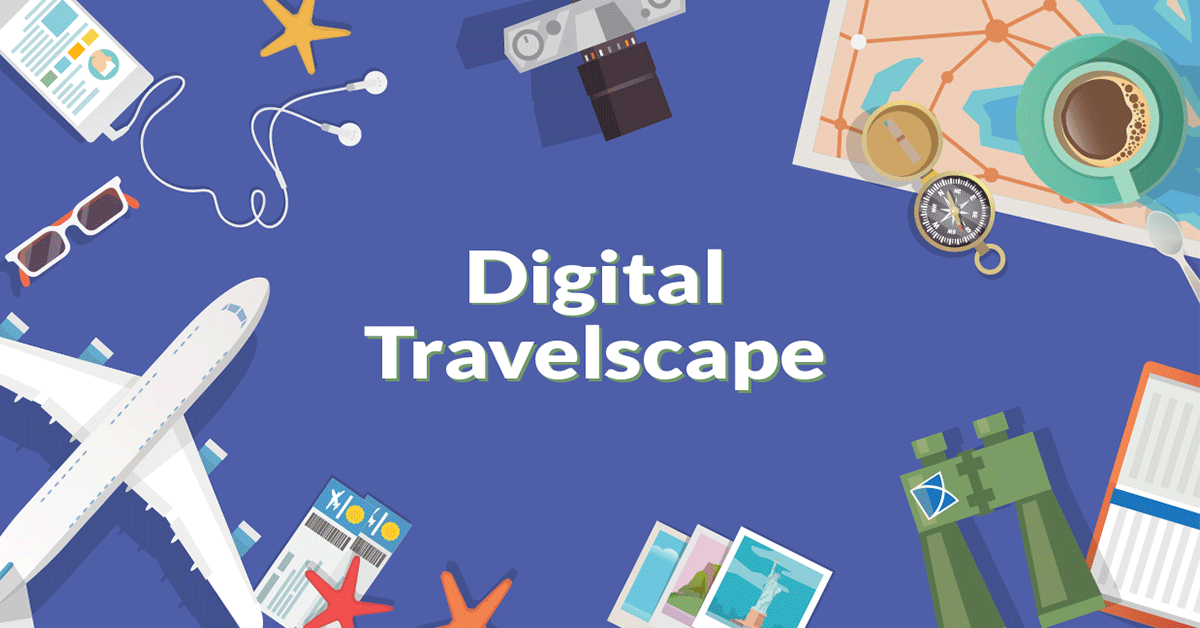
Everybody’s [Not] Working For The Weekend
Understanding the dynamics of social media is critical to the success of today’s marketer. In our Digital Travelscape series, we will examine the changing tides in digital marketing to highlight emerging trends that impact how travelers make buying decisions. Follow Civilian throughout this journey and discover new insights and approaches to your travel & tourism marketing.
Who doesn’t love taking a trip? With America’s “work hard, play hard” mentality, you might assume that our citizens are taking full advantage of their time off. Surprisingly, the exact opposite is true. Let’s take a moment to break down the numbers:

Over the past 30 years, the Journal of Travel Research has featured numerous peer-reviewed articles which have studied the physiological and psychological benefits of taking a vacation. One of these articles, titled “Health and Wellness Benefits of Travel Experiences: A Literature Review,” made a comprehensive assessment of all health and wellness studies conducted in relation to travel & tourism since 1986. Experts overwhelmingly agree that taking a vacation can lead to decreases in stress, burnout, exhaustion, and absenteeism. Inversely, vacation time has been shown to lead to an increase in happiness, job performance, health, and overall life satisfaction.
Why then, are Americans forgoing their hard-earned time off and opting to work instead? Project: Time Off (P:TO), a national movement which aims to disrupt the vacation stigma, has conducted extensive research on this phenomenon. According to P:TO, the top reasons Americans do not take time off are: returning to a mountain of work (37%), no one else can do the job (30%), cannot financially afford a vacation (30%), taking time off is harder as you grow in a company (28%), wanting to show complete dedication (22%).
Based on these responses, it is obvious that the barriers to taking time off are due primarily to what is occurring in the workplace. Taking vacation time should be communicated from the top-down, and encouraged by employers.
If Americans had used all the vacation time they earned in 2015, it would have meant over approximately $200 billion in spending for the U.S. economy. Clearly there is a massive portion of the travel & tourism market that has not been captured by businesses operating within the sector.
So what does all of this mean for travel & tourism marketers?
West coast marketers have the largest room to improve. Americans working in the Pacific time zone had the highest percentage of unused vacation time (64%). Use marketing messages to explain the benefits of taking time off and position your destination or brand as a new experience for the consumer.
Engage your target market and provoke them to plan ahead. “51 percent of those who plan took all of their vacation time, where just 39 percent of non-planners did. Even better, they are positioned for a longer break, with planners much more likely to take a full week of vacation time or more at a time. Where just 46 percent of non-planners took a week or more, 69 percent of planners were able to do so.”
Our next article in the series will dive deeper into the stages of a travel purchasing decision, and examine the particular moments when it is critical for marketers to reach their consumers.
Civilian understands what sparks and fuels consumer movements in the travel & tourism sector. Our weekly blog posts will explore the effects of social influencers, curating immersive escapes, the mobile first mindset, leveraging social sharing, and more.
Interested in more? Find the next installment of the Digital Travelscape Series here.
Social media is cool, and we bet you are too. Let’s be friends, contact us.
*Direct quotes, statistics and figures featured in this article are based off of a Project: Time Off report, “The State of American Vacation 2016.” The report was created based on responses from an online survey conducted by GfK from January 20-February 16, 2016. The full pdf report can be found here.